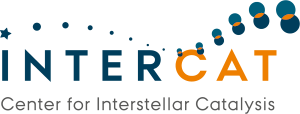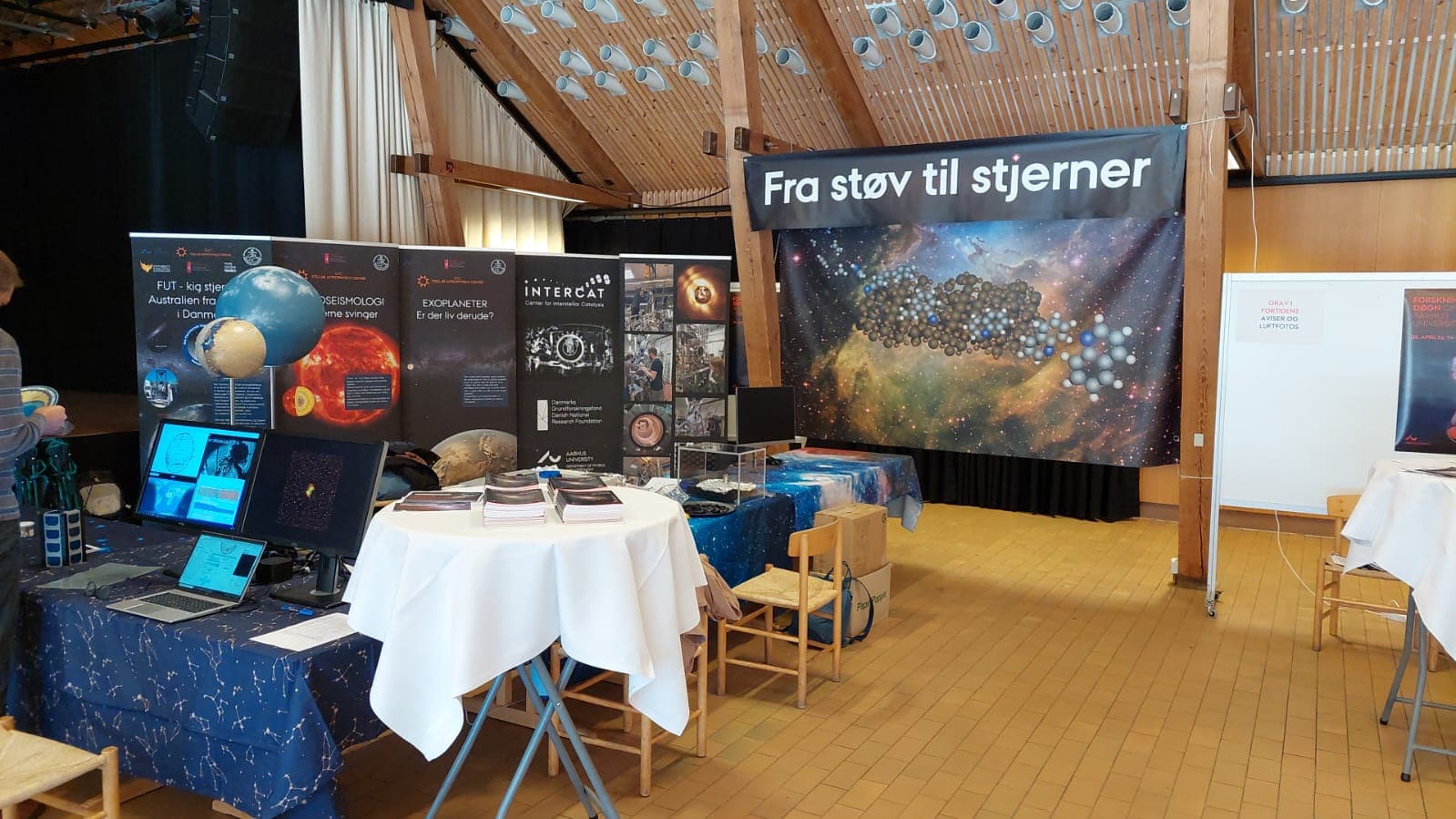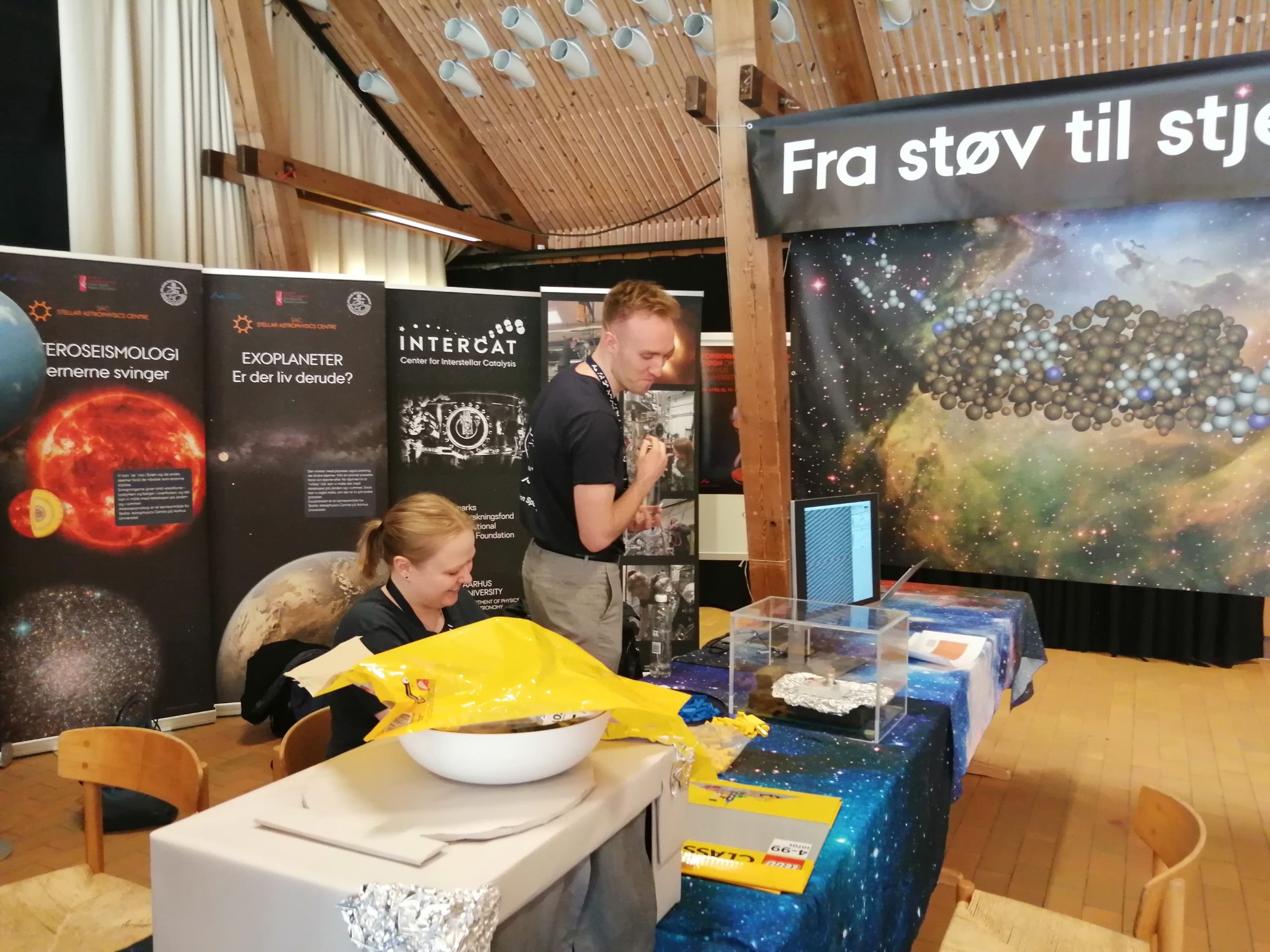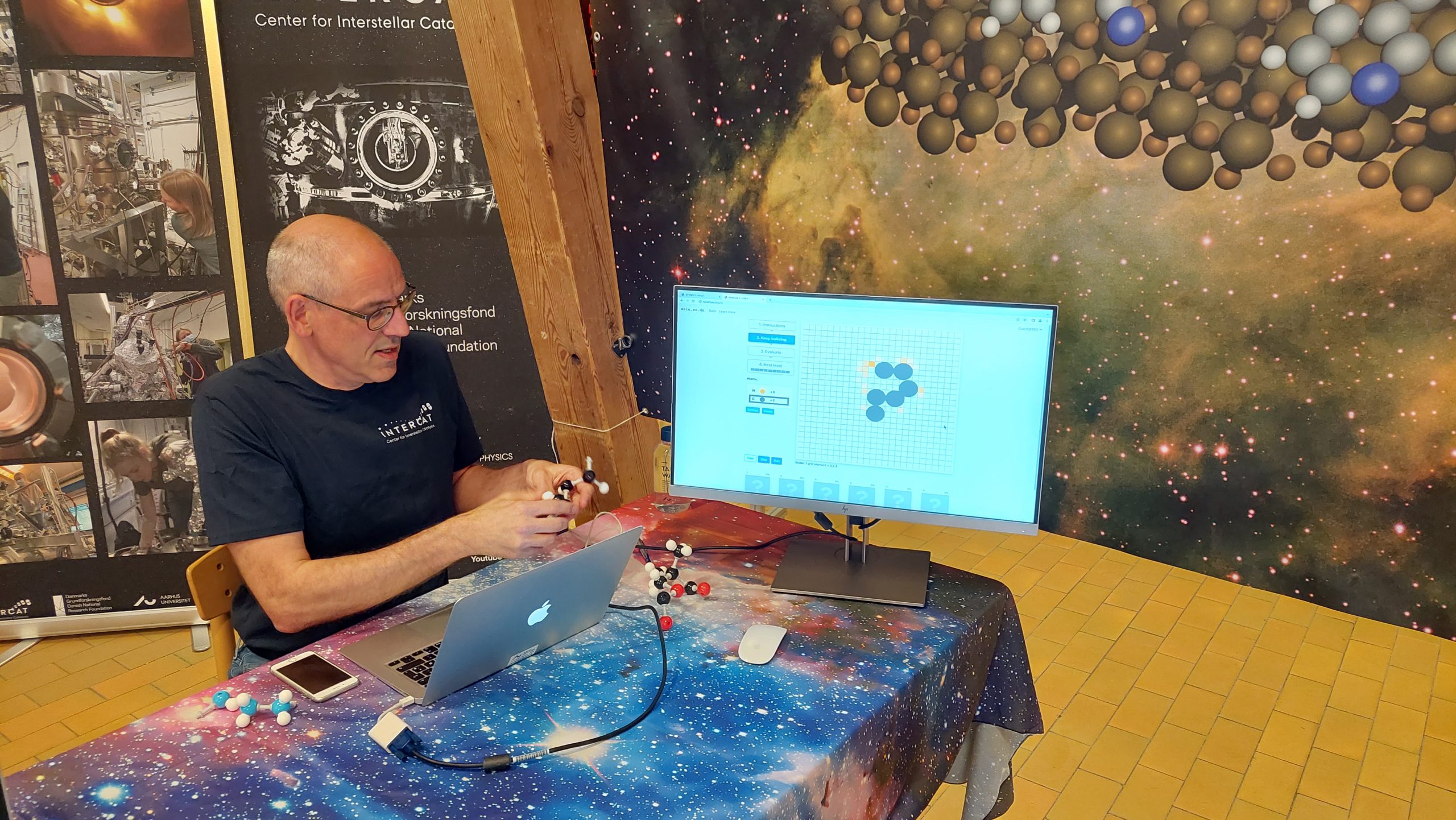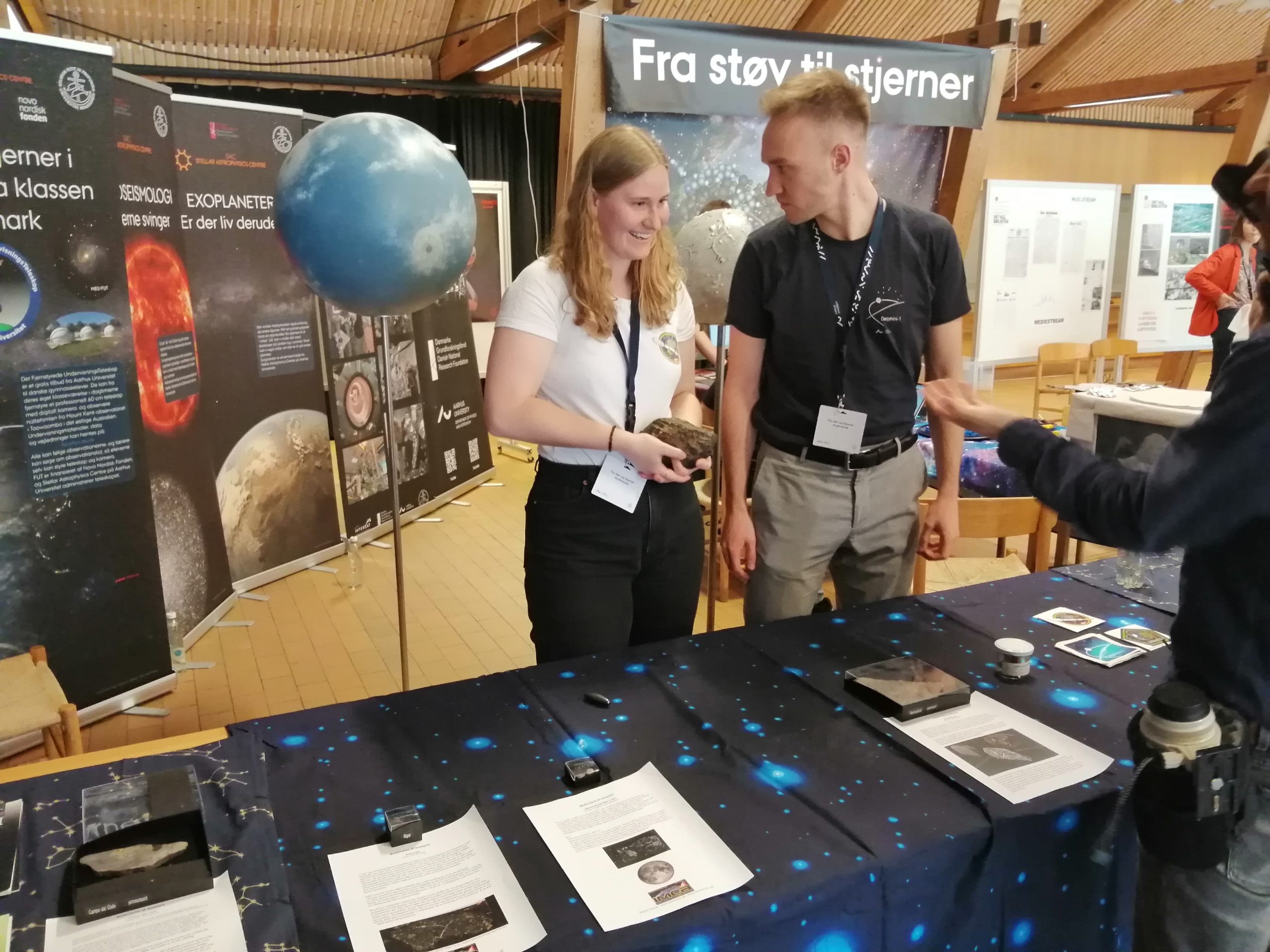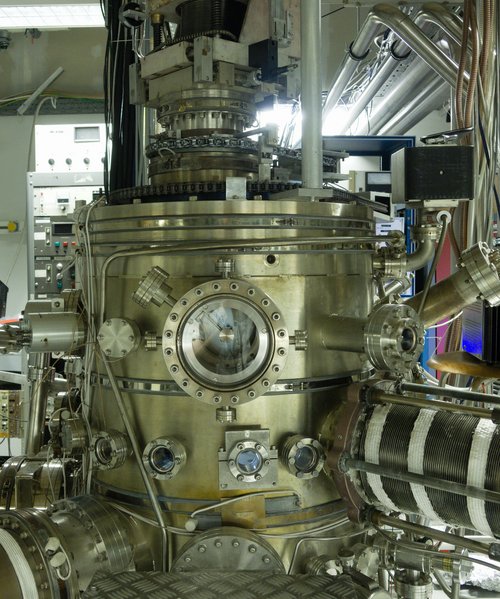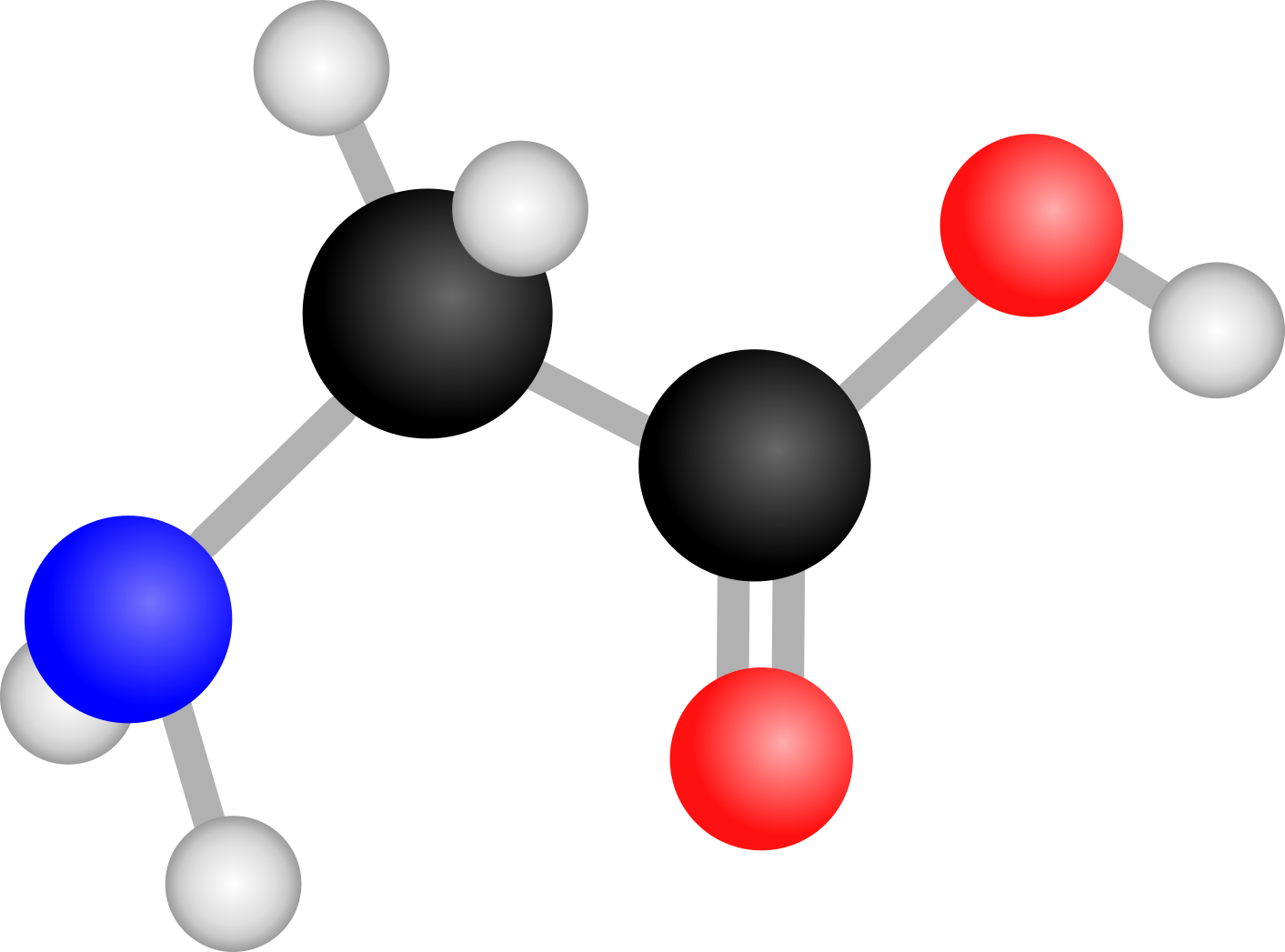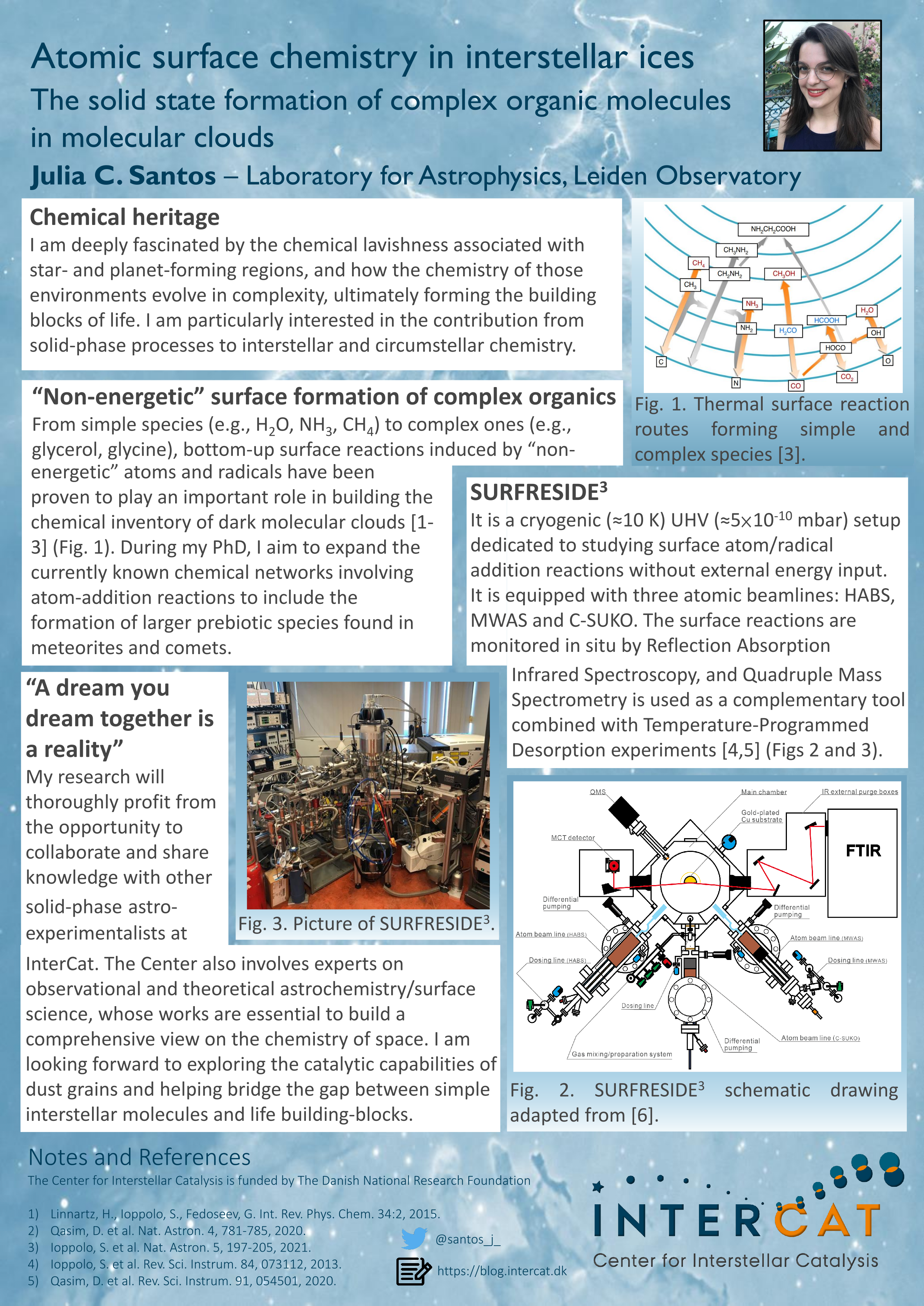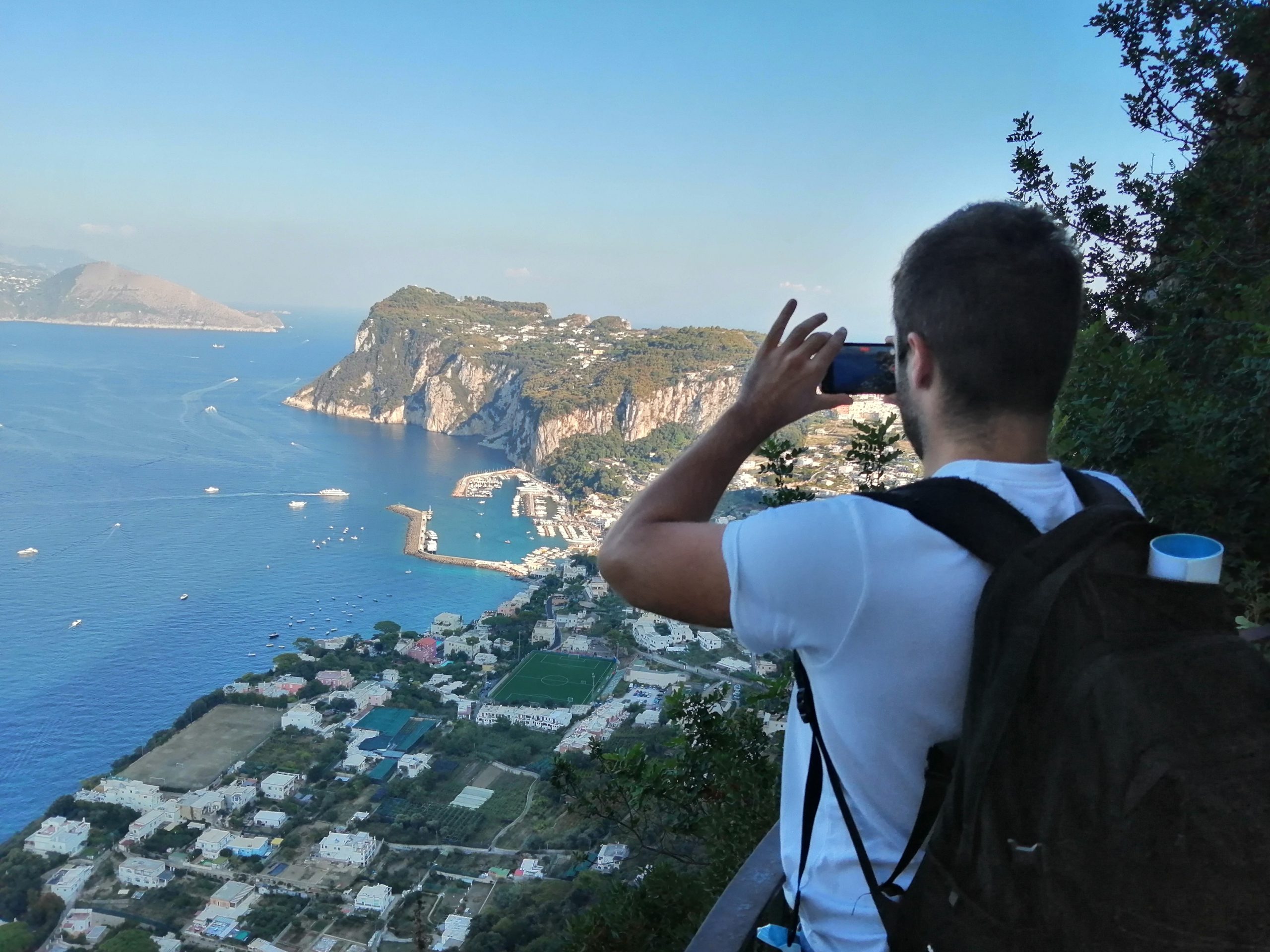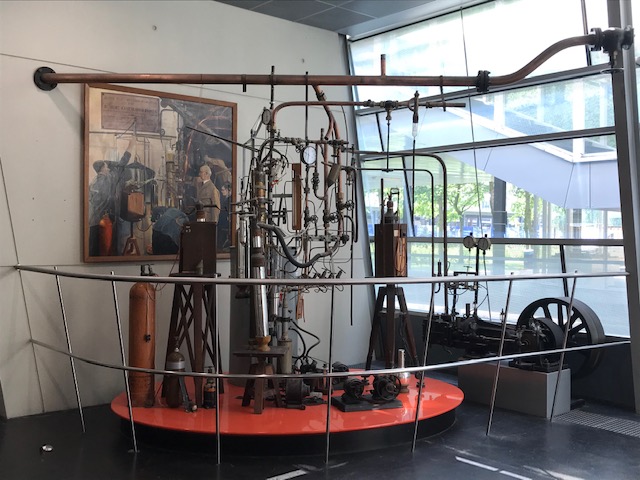Hello, it has been a long time since the last blog post as Julia and I have been swamped and are working together on a new outreach method that we will unveil soon! This does mean we are going to leave the blog writing to the next new PhD students. However, in the meantime, I will write one final blog post to show what I have done recently and the progress that has been made.
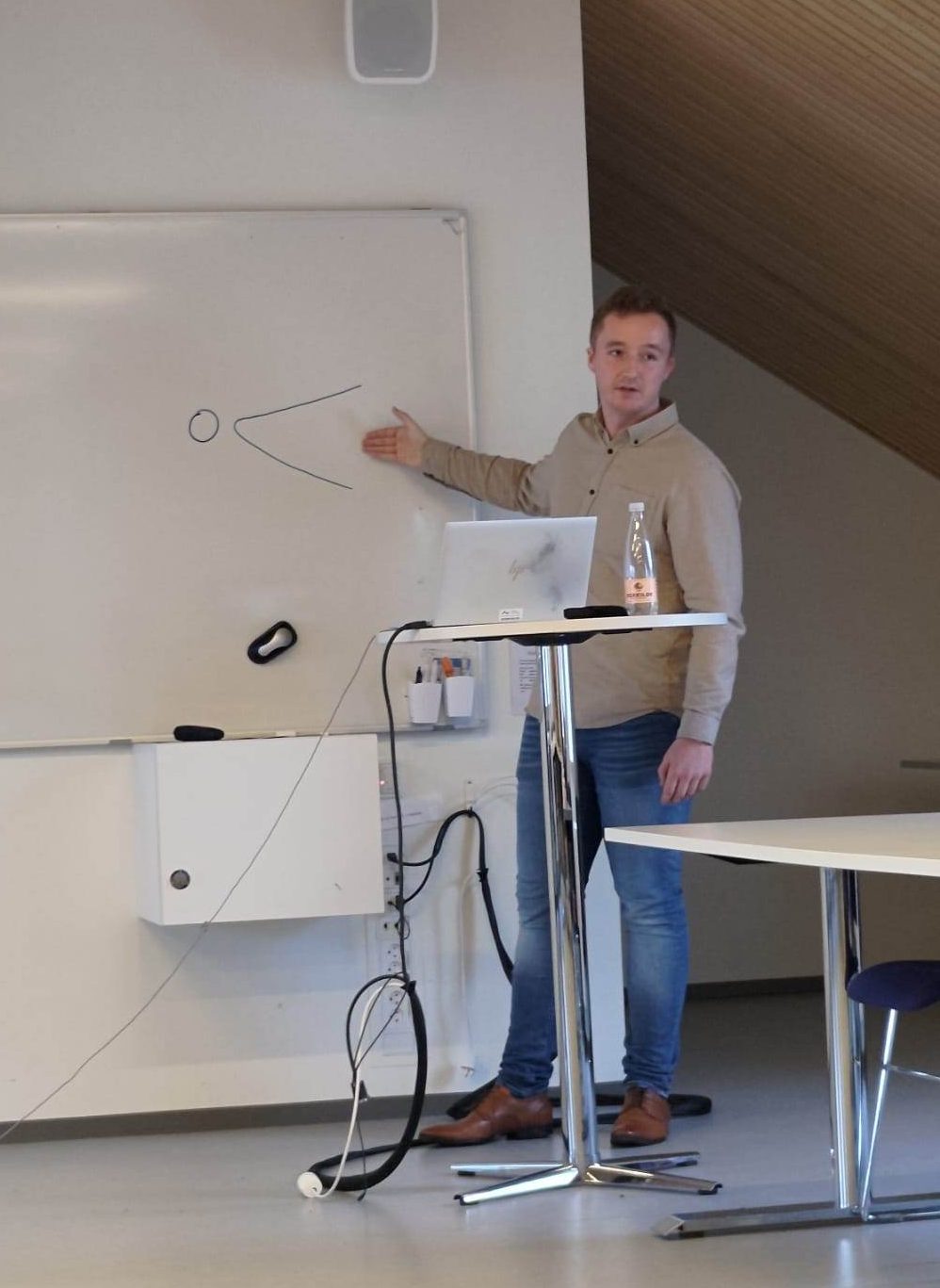
Presenting my artistic drawing
As we have been getting further into the PhD the research being done by us has increased significantly. Both by doing our separate research but also joining each other for different projects and events throughout the past year. There have been plenty of very long days working, such as sitting in the basement under the physics department at Aarhus working with ultraviolet light. We still both enjoy our research, especially Julia when she can get her favorite popcorn ice cream!

Me and Julia having beamtime ice cream
I personally just finished my halfway progress report and defense. This is called my part a exam and involved writing a report and then defending it. I can happily report that I passed, the report was acceptable, the presentation was fairly smooth and the questions were hard. Afterward, we as a group could then all celebrate so it ended up being a good day.

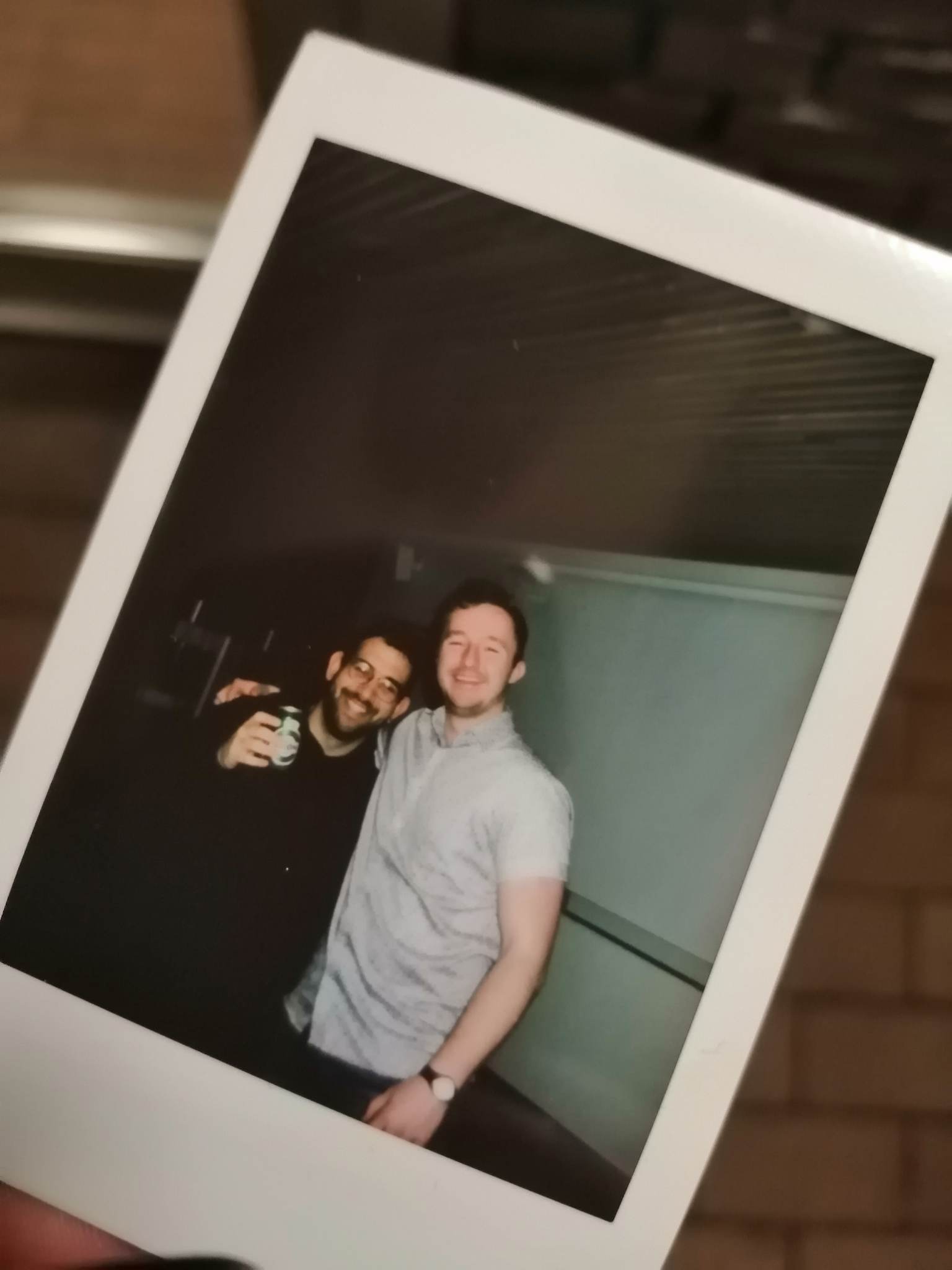
What this means for the future is that I have a Danish master’s degree and I can now continue my research into Interstellar space and forming amino acids within it! I am excited to be able to share more of what I find out in the near future and to be able to share it in a new way so be sure to look out for new announcements! Signing off then – Alfred
